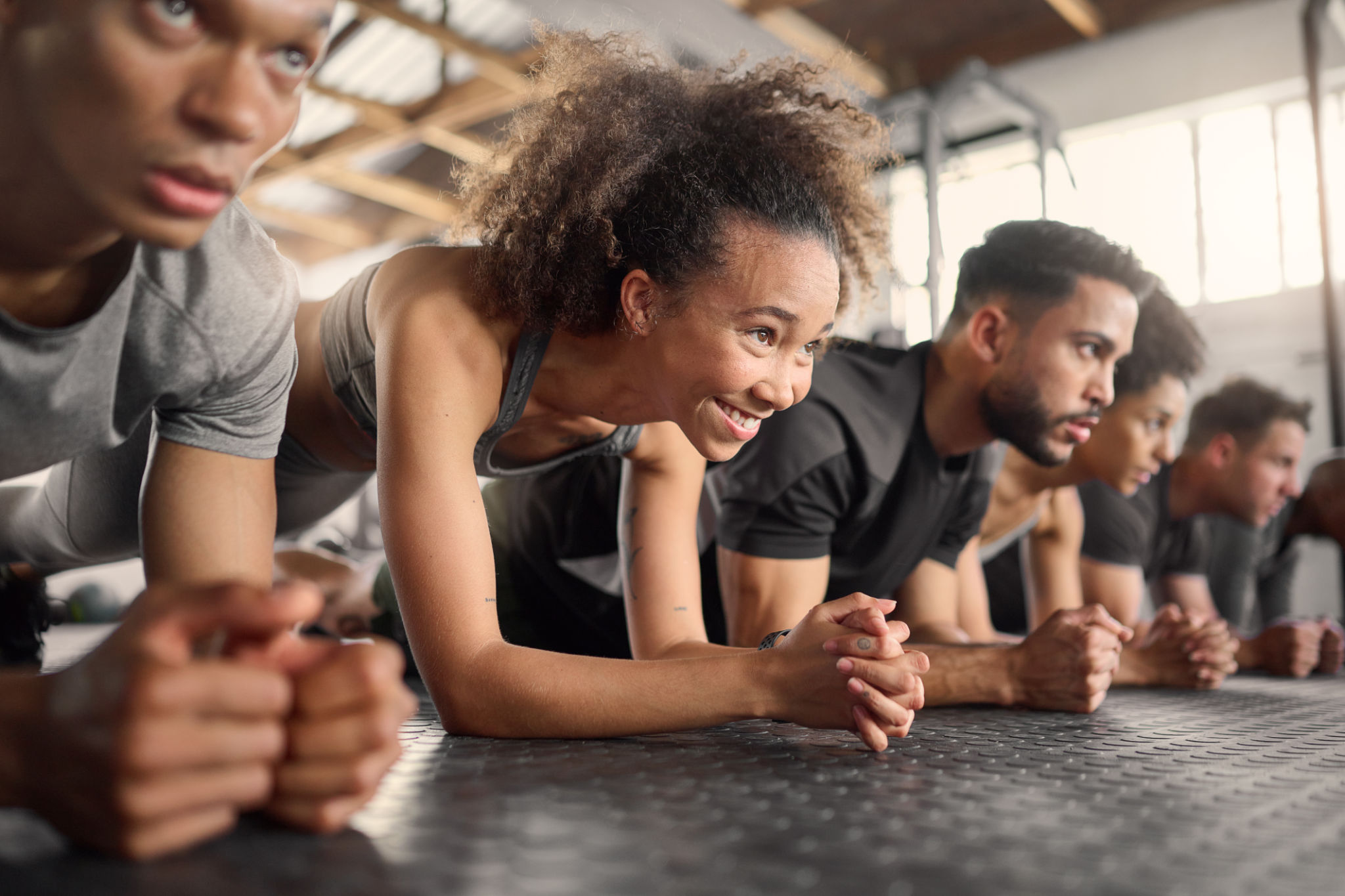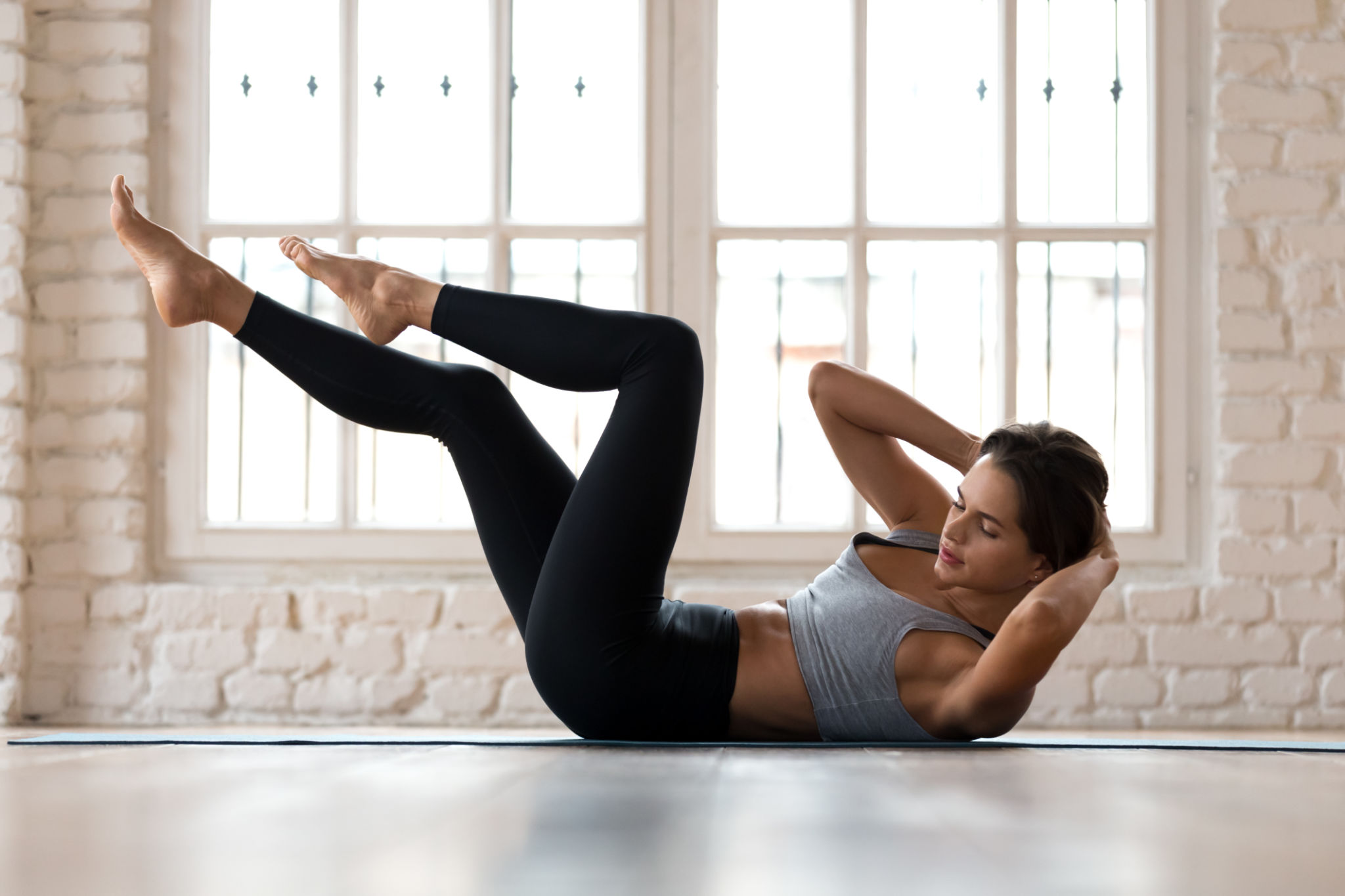Unlocking Inner Strength: Mastering Pilates Inversions
Understanding Pilates Inversions
Pilates inversions are a unique aspect of the Pilates practice that bring numerous benefits to both the body and mind. By flipping the body upside down, these exercises challenge your balance, enhance core strength, and promote mental clarity. Whether you're a seasoned Pilates enthusiast or a beginner, mastering inversions can unlock a new level of inner strength.
Inversions in Pilates are not just about physical prowess; they also offer a mental challenge that fosters focus and discipline. These exercises require precise control and awareness, encouraging practitioners to connect deeply with their bodies. As you progress, you'll notice improvements not only in your physical abilities but also in your mental resilience.
The Benefits of Pilates Inversions
The benefits of incorporating inversions into your Pilates routine are manifold. Firstly, they help in increasing circulation as they allow blood to flow more freely to the brain, which can improve cognitive function and mental clarity. Secondly, inversions can aid in relieving spinal tension. By reversing the effects of gravity, they help decompress the spine and improve posture.
Moreover, inversions strengthen the core muscles significantly. Since maintaining balance during these exercises requires engaging the abdominal muscles, you're effectively working on building a stable and strong core. This not only enhances overall strength but also aids in preventing injuries.

Getting Started with Pilates Inversions
For those new to inversions, it's essential to start slow and focus on building a solid foundation. Begin with basic exercises that prepare your body for more advanced movements. Here are a few tips to get started:
- Seek guidance: Consider taking classes with a certified Pilates instructor who can provide personalized feedback and ensure proper alignment.
- Focus on breathing: Proper breathing techniques are crucial for maintaining balance and control during inversions.
- Use props: Incorporating props like blocks or straps can offer additional support and stability as you learn.
Challenges and How to Overcome Them
As with any fitness practice, mastering Pilates inversions comes with its own set of challenges. Fear is a common barrier for many people attempting inversions for the first time. It's natural to feel apprehensive about being upside down, but overcoming this fear is part of the journey.
To conquer these challenges, it's vital to practice regularly and maintain a positive mindset. Celebrate small victories along the way and remember that progress might be gradual. Consistency is key; as you become more comfortable with being inverted, you'll gain confidence in your abilities.

Advanced Techniques and Variations
Once you've mastered the basics, you can explore advanced techniques and variations of Pilates inversions. These might include exercises like the Shoulder Stand or the Jackknife, which require greater strength and flexibility. As you advance, you can incorporate dynamic movements that challenge your coordination and control even further.
Experimenting with different types of inversions keeps your practice exciting and helps you continue to grow both physically and mentally. Always listen to your body and progress at your own pace to avoid injury.
The Mind-Body Connection
Pilates inversions not only enhance physical strength but also deepen the mind-body connection. When practicing these exercises, you're required to focus intently on alignment and breath, fostering mindfulness and presence in each movement. This heightened awareness translates into other areas of life, promoting overall well-being.
Incorporating inversions into your routine can lead to improved concentration, reduced stress levels, and a greater sense of calm. As you cultivate this inner strength, you'll find yourself better equipped to tackle life's challenges with resilience and grace.

